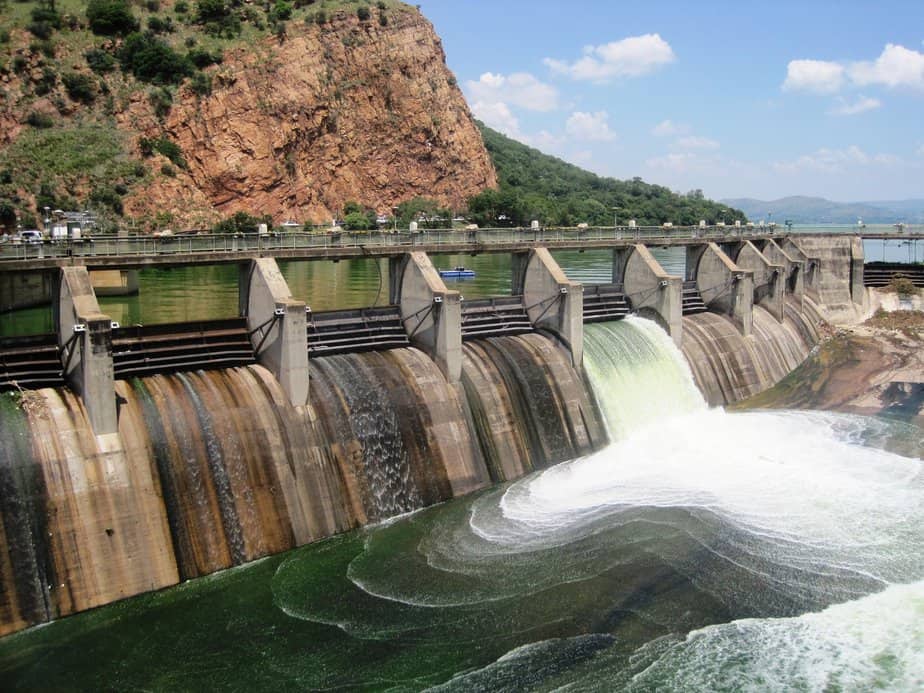
Australia’s declining dam levels and rising water usage are indicative of a growing water crisis that poses significant challenges for the nation’s environment, economy, and society.
Water is one of our planet’s most precious resources, and its availability plays a crucial role in sustaining life and supporting various activities. Australia, known for its vast and diverse landscapes, is no stranger to water scarcity challenges. In recent years, the country has been facing a concerning trend: declining dam levels accompanied by surging water usage. This blog post delves into the factors contributing to this issue, its implications, and potential solutions to address the water crisis.
The Current State of Australian Dam Levels
Australia is no stranger to droughts, but in recent times, the situation has become increasingly dire. Dams, reservoirs, and other water storage systems have traditionally been essential sources of freshwater for both urban and rural communities. However, dwindling dam levels across the country have raised alarm bells.
One of the most significant contributors to declining dam levels is the prolonged periods of below-average rainfall that many regions have experienced. Climate change is causing shifts in precipitation patterns, leading to more frequent and severe droughts. This change is particularly evident in areas such as New South Wales, Queensland, and parts of Victoria, which have witnessed substantial reductions in their water storage capacities.
Factors Contributing to Declining Dam Levels
Prolonged Droughts: Extended periods of drought have significantly reduced the inflow of water into dams. When rainfall is scarce, the natural replenishment of these reservoirs becomes insufficient to meet the growing demand for water.
Population Growth: Australia’s population continues to grow steadily, placing increased pressure on existing water supplies. Urban areas are particularly affected, as they require significant amounts of water for drinking, sanitation, and industrial purposes.
Agricultural Water Usage: Agriculture is a vital sector in Australia’s economy, but it is also a substantial consumer of water resources. As the demand for agricultural products grows, so does the need for irrigation, which further depletes dam levels.
Climate Change: Rising temperatures and shifting weather patterns are exacerbating the water crisis. Climate change is causing more frequent and intense heatwaves, leading to higher evaporation rates from reservoirs and reduced overall water availability.
Implications of Declining Dam Levels
The consequences of declining dam levels in Australia are far-reaching and have implications for both the environment and society.
Environmental Impact: Reduced dam levels can harm local ecosystems and wildlife that rely on these water sources. Decreased water flow in rivers and wetlands can lead to habitat destruction, endangering aquatic life and biodiversity.
water scarcity: As dam levels decline, water scarcity becomes a pressing issue for communities, particularly in rural areas. Farmers face challenges in maintaining their crops and livestock, while urban residents may experience water restrictions and shortages.
Economic Costs: Water scarcity can have a severe impact on the economy. Reduced water availability affects agricultural production, which, in turn, impacts food prices and export revenues. Additionally, the cost of desalination and other water treatment methods increases when natural water sources are insufficient.
Health Concerns: Water scarcity can also lead to health concerns, as it affects the supply of clean drinking water. Contaminated water sources and limited access to sanitation facilities can result in waterborne diseases and public health issues.
Addressing the Water Crisis
Addressing the Australian water crisis requires a multifaceted approach that combines water conservation, sustainable management practices, and investment in water infrastructure. Here are some key strategies:
Water Conservation: Encouraging water conservation practices at the individual, household, and community levels is essential. This includes fixing leaks, using water-efficient appliances, and adopting responsible outdoor water usage practices.
Water Recycling and Reuse: Implementing water recycling and reuse programs can help alleviate the demand on freshwater resources. Treated wastewater can be repurposed for irrigation, industrial processes, and even potable water in some cases.
Improved Irrigation Techniques: Agriculture accounts for a significant portion of water usage. Promoting more efficient irrigation methods, such as drip irrigation and precision agriculture, can reduce water wastage.
Investment in Desalination: In regions facing acute water shortages, desalination plants can provide a reliable source of freshwater. While energy-intensive, advancements in desalination technology are making it more sustainable.
Rainwater Harvesting: Encouraging the collection and use of rainwater for non-potable purposes, such as garden irrigation and toilet flushing, can reduce reliance on traditional water sources.
Sustainable Urban Planning: Cities can implement sustainable urban planning practices, including green infrastructure, to reduce water runoff and improve water retention in urban areas.
Climate Change Mitigation: Addressing the root cause of changing weather patterns is critical. Reducing greenhouse gas emissions and supporting climate change mitigation efforts can help stabilize precipitation patterns.
Conclusion
The need for comprehensive water management strategies, increased conservation efforts, and sustainable practices has never been more pressing. By addressing the root causes of this issue and implementing proactive measures, Australia can work towards a more secure and sustainable water future for all its residents and ecosystems.
More reading
Unmasking Polymer Innovations: The Dark Side of ‘Watersave’
